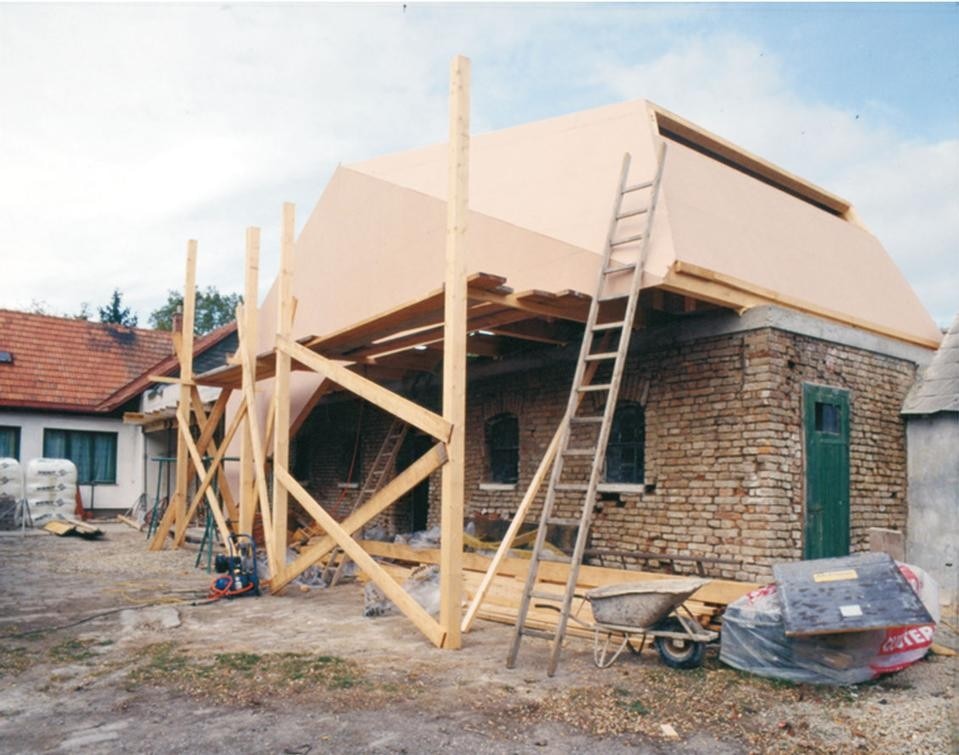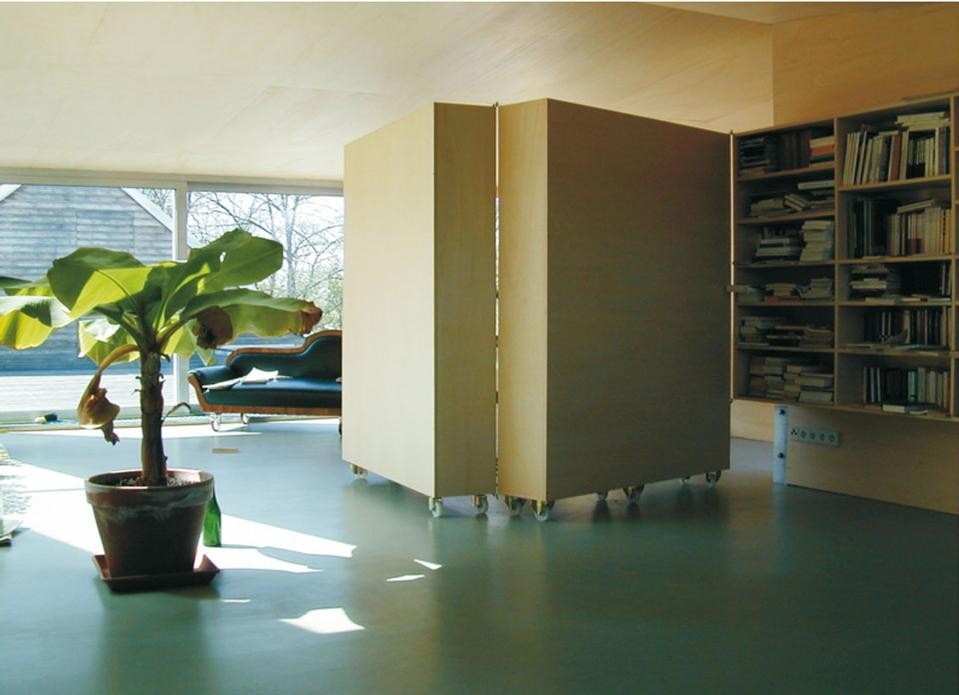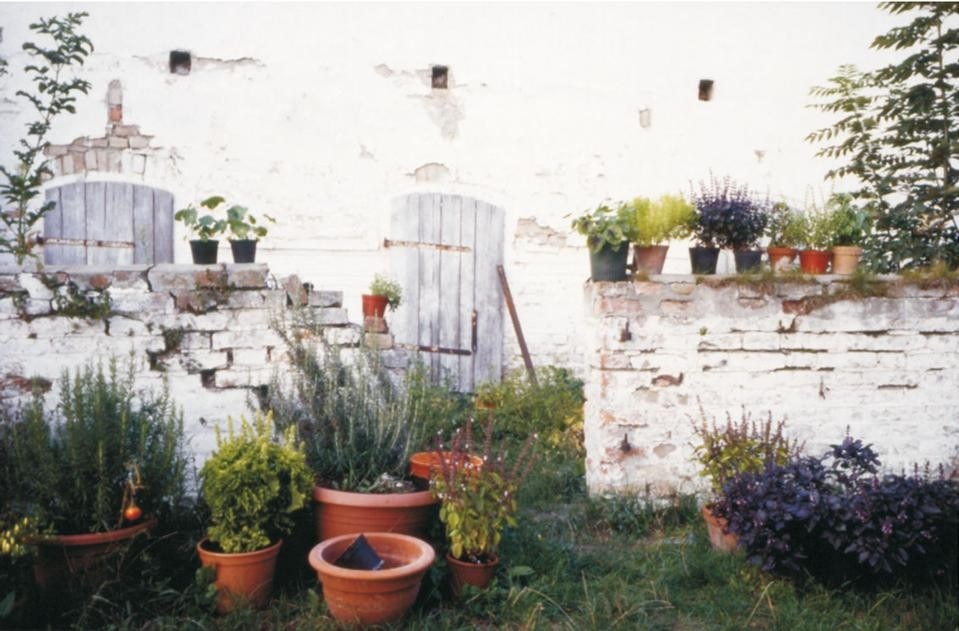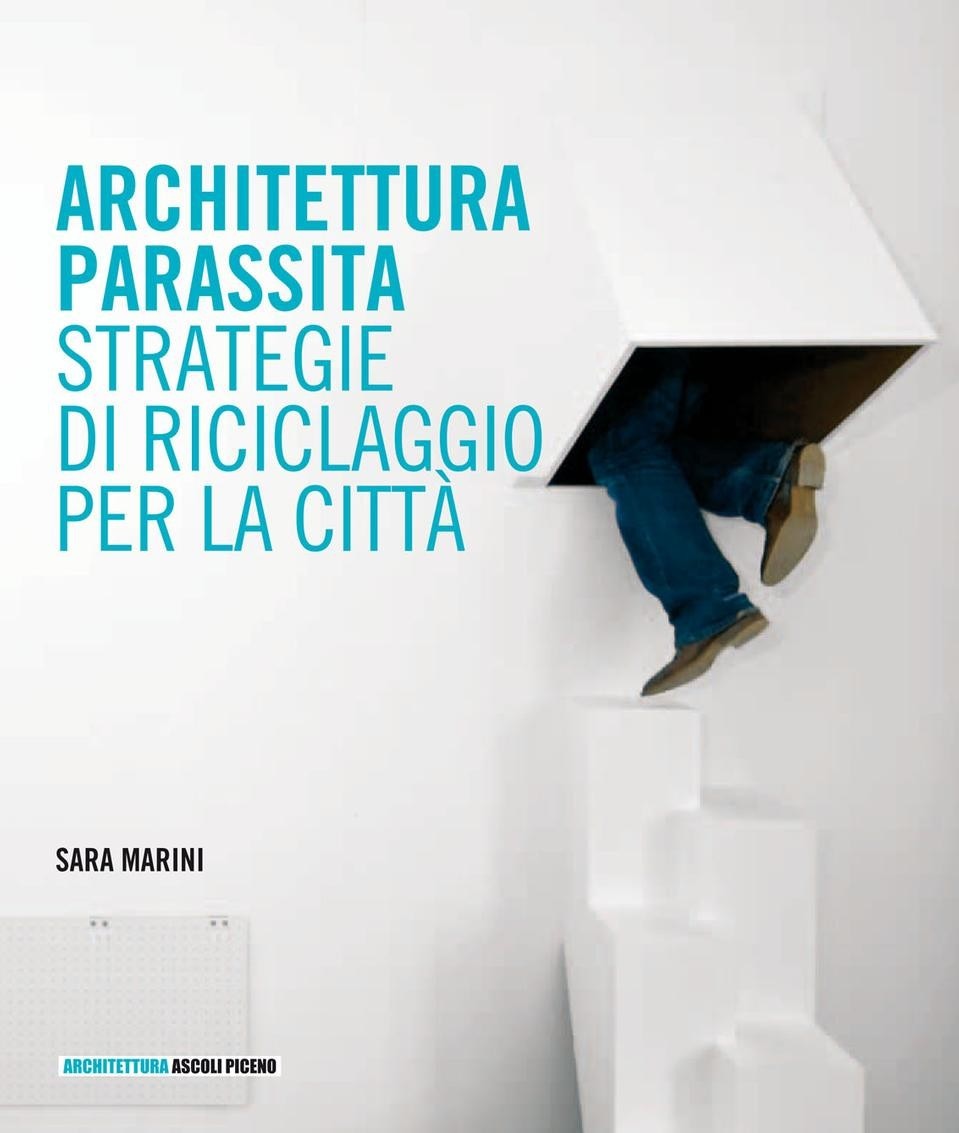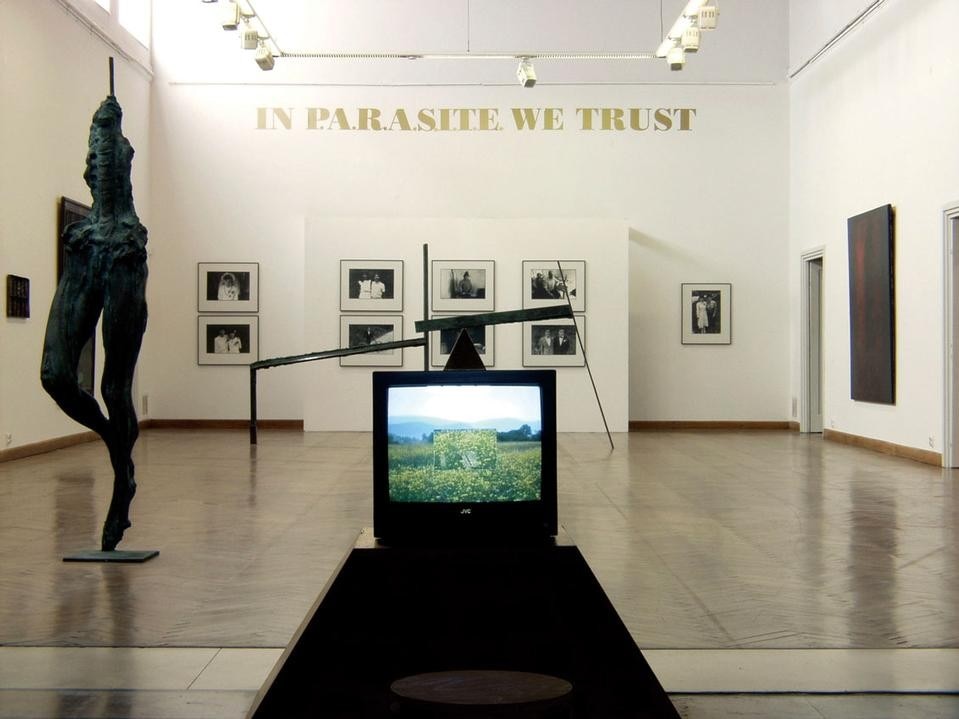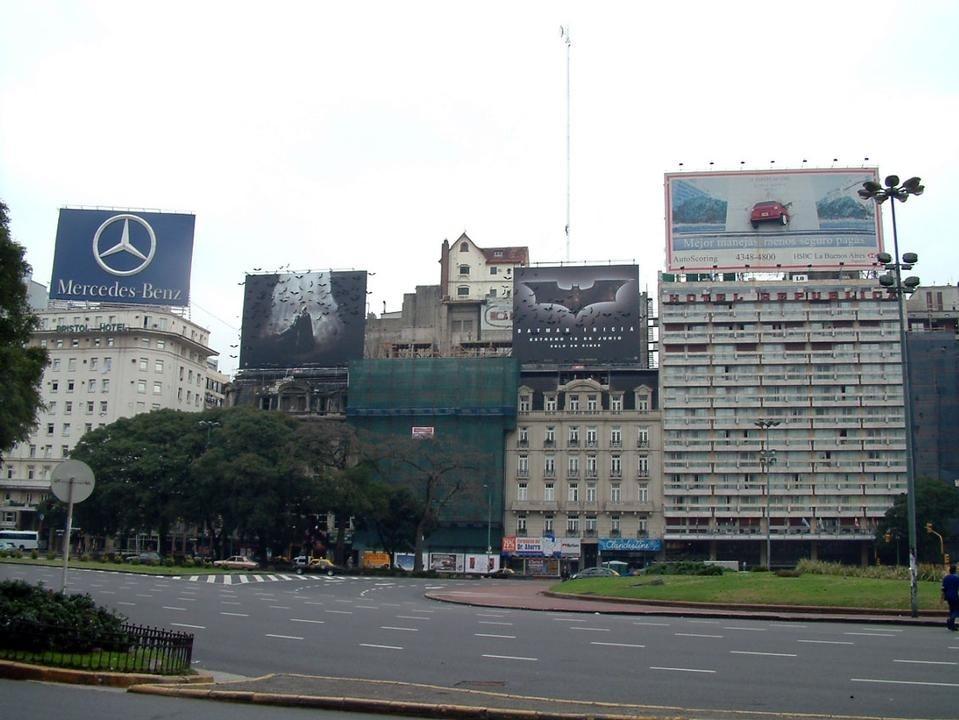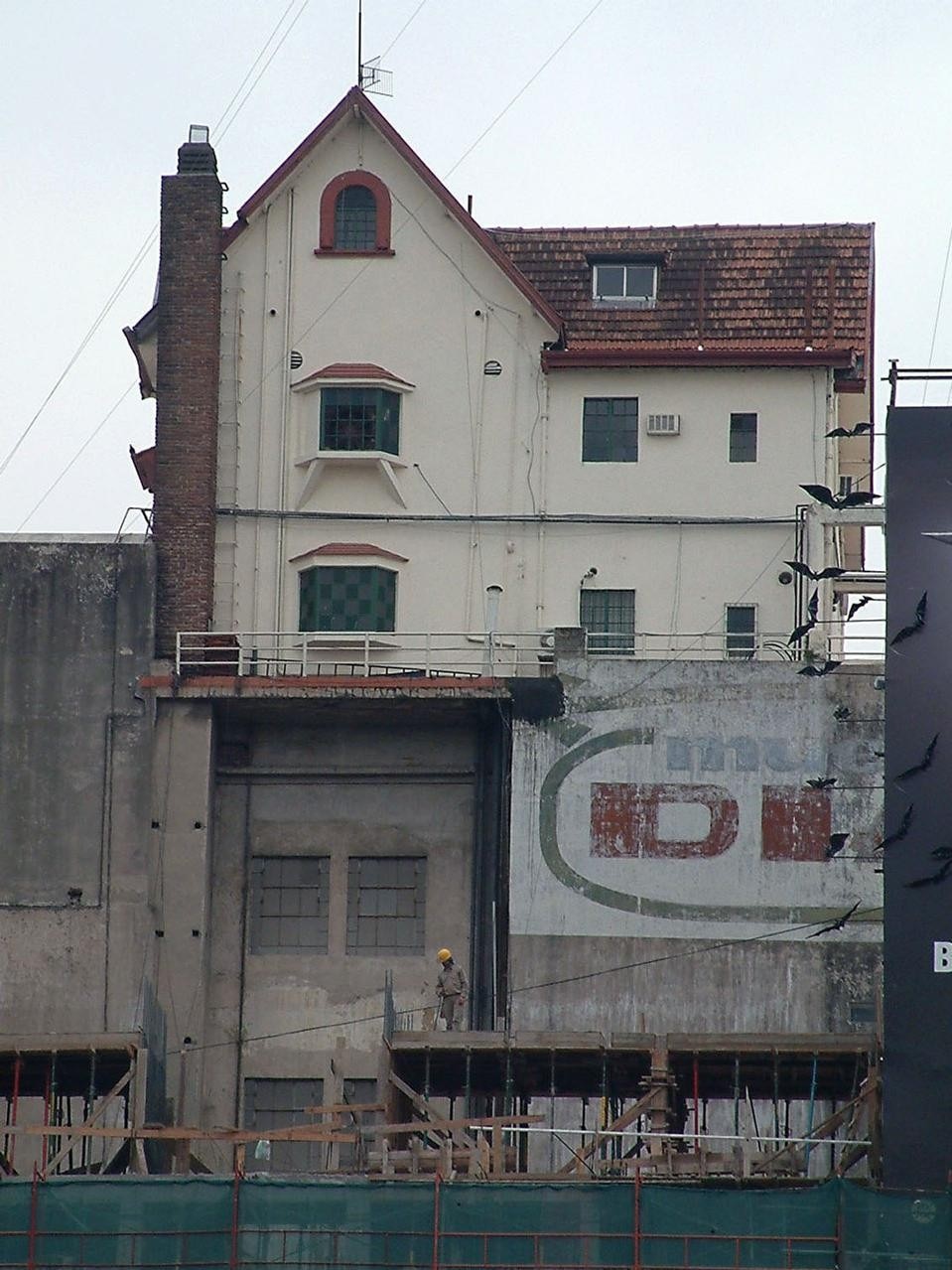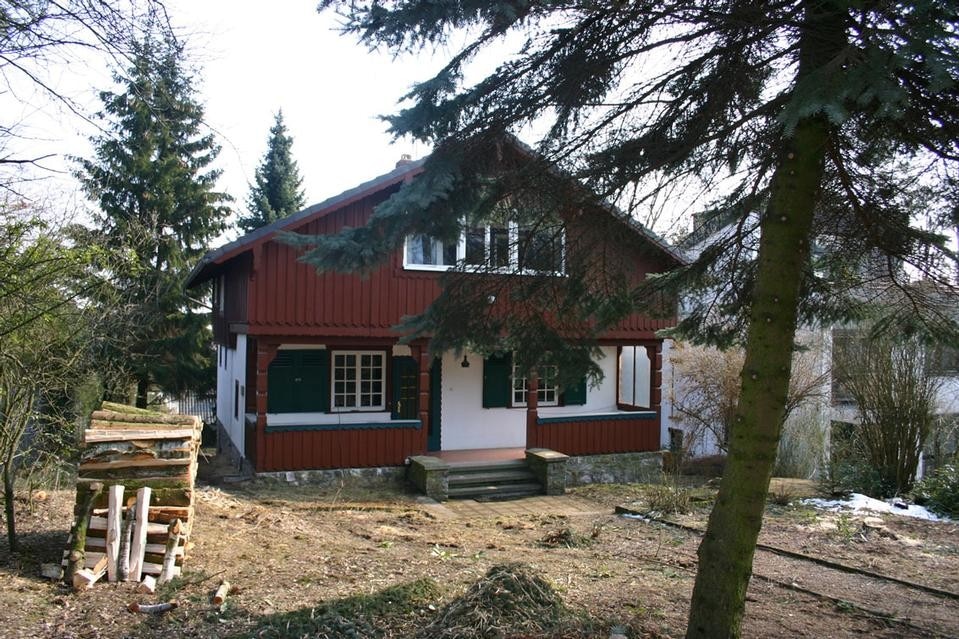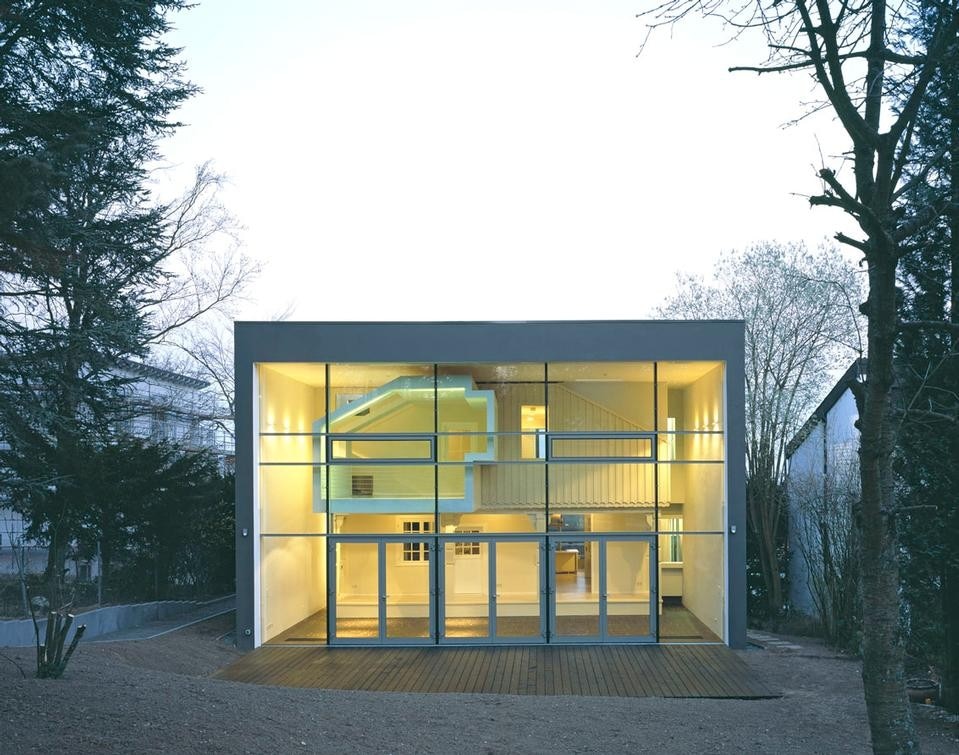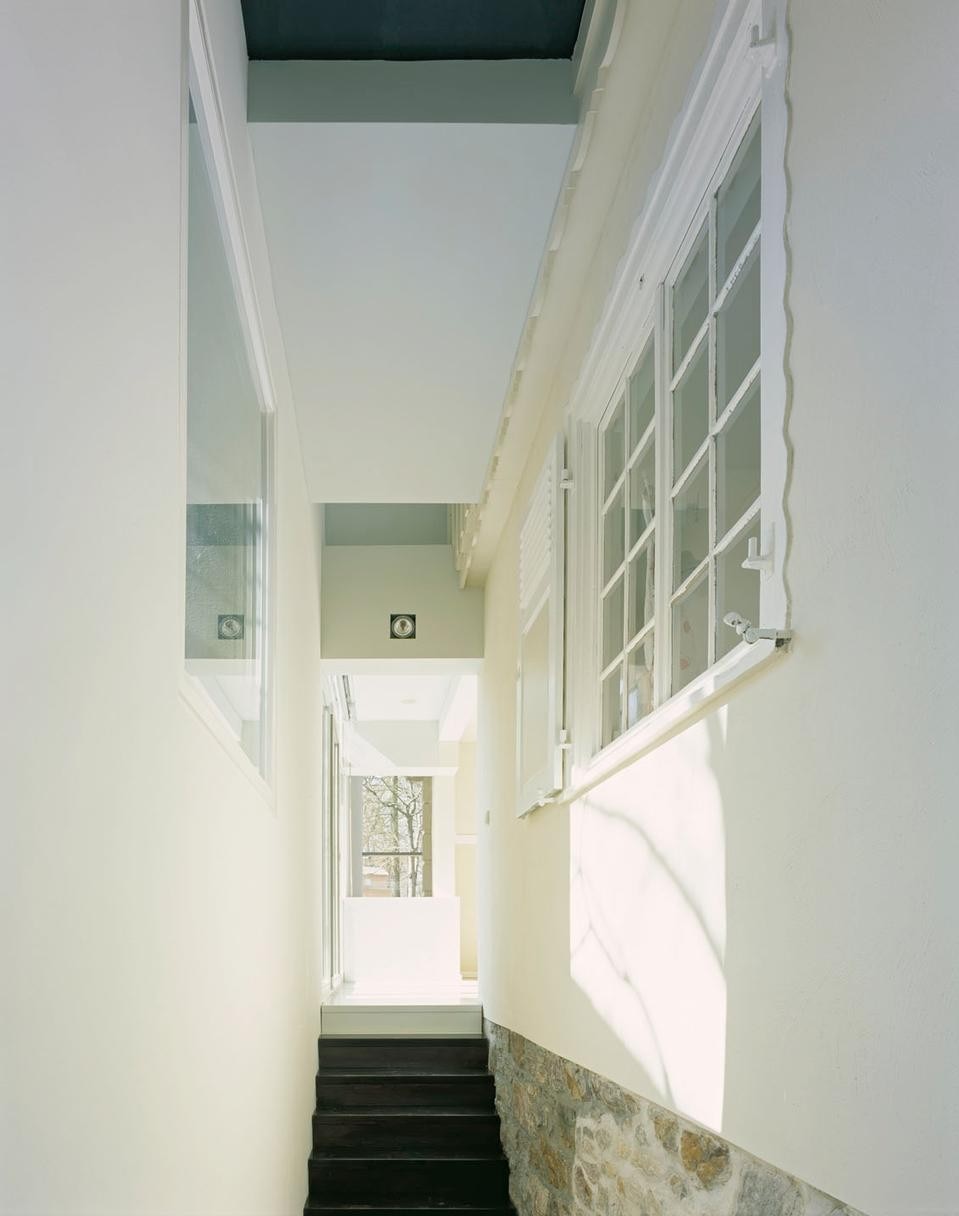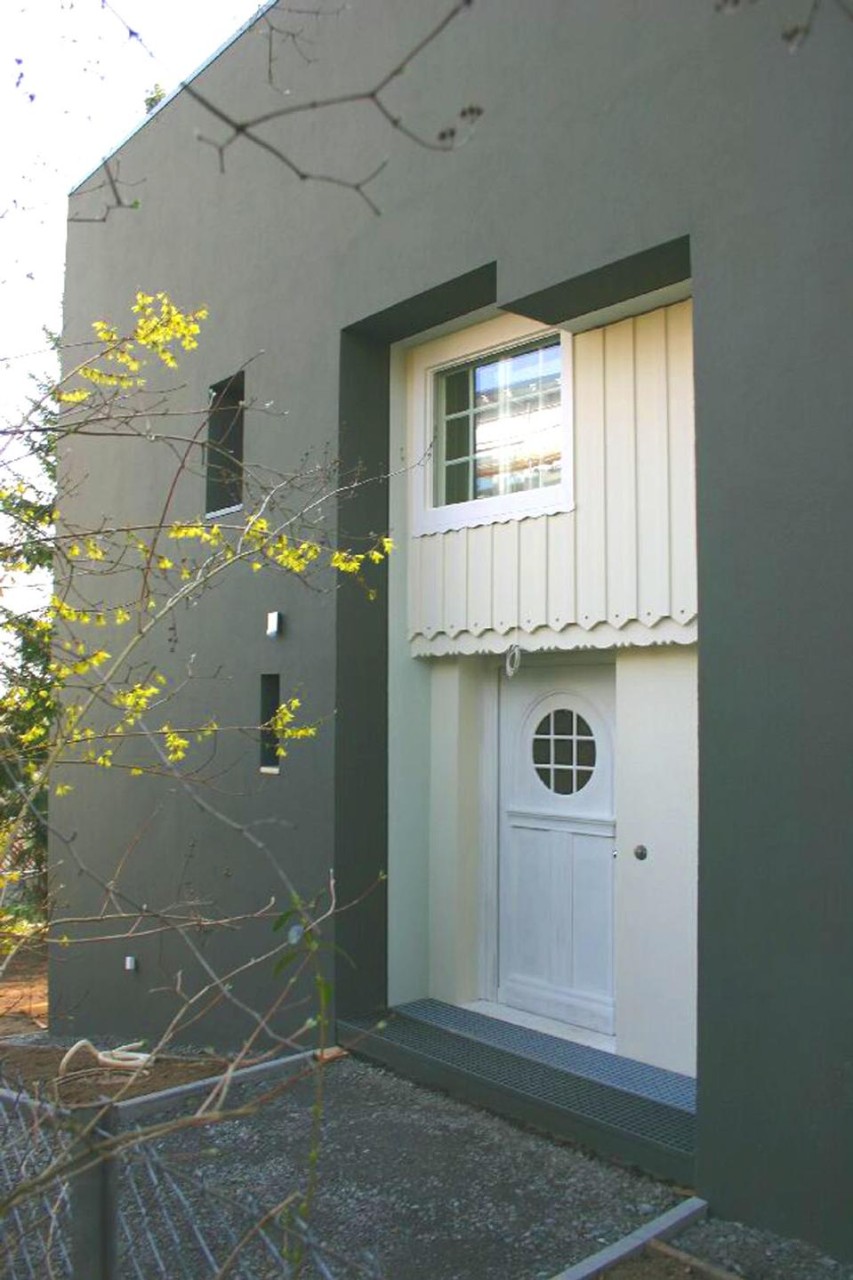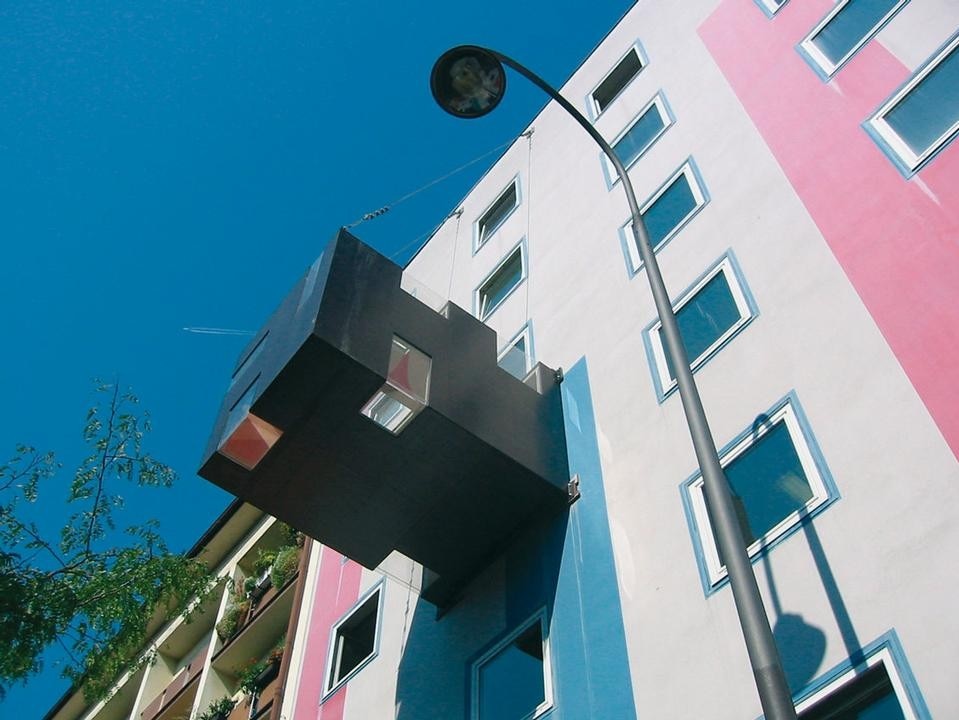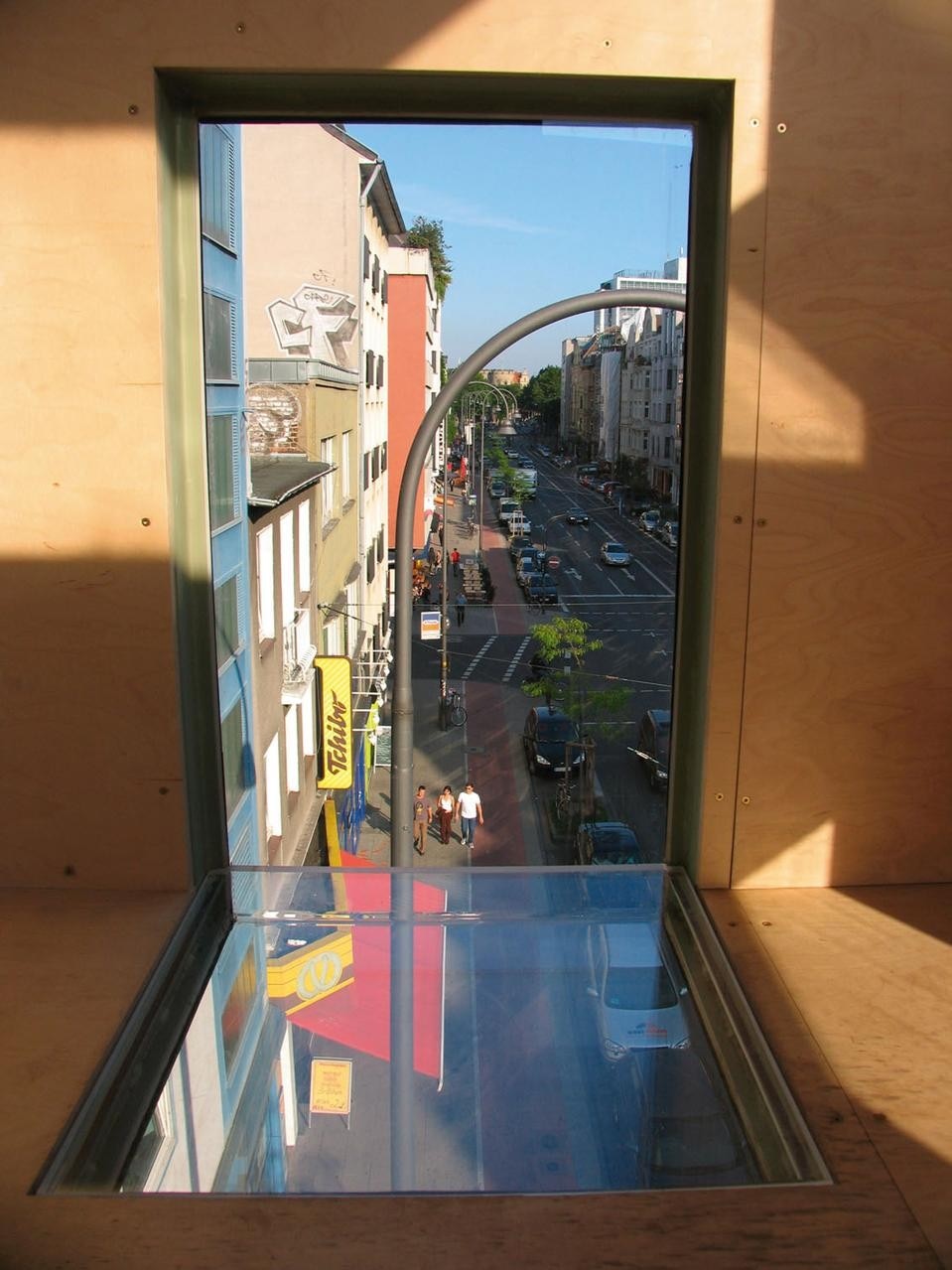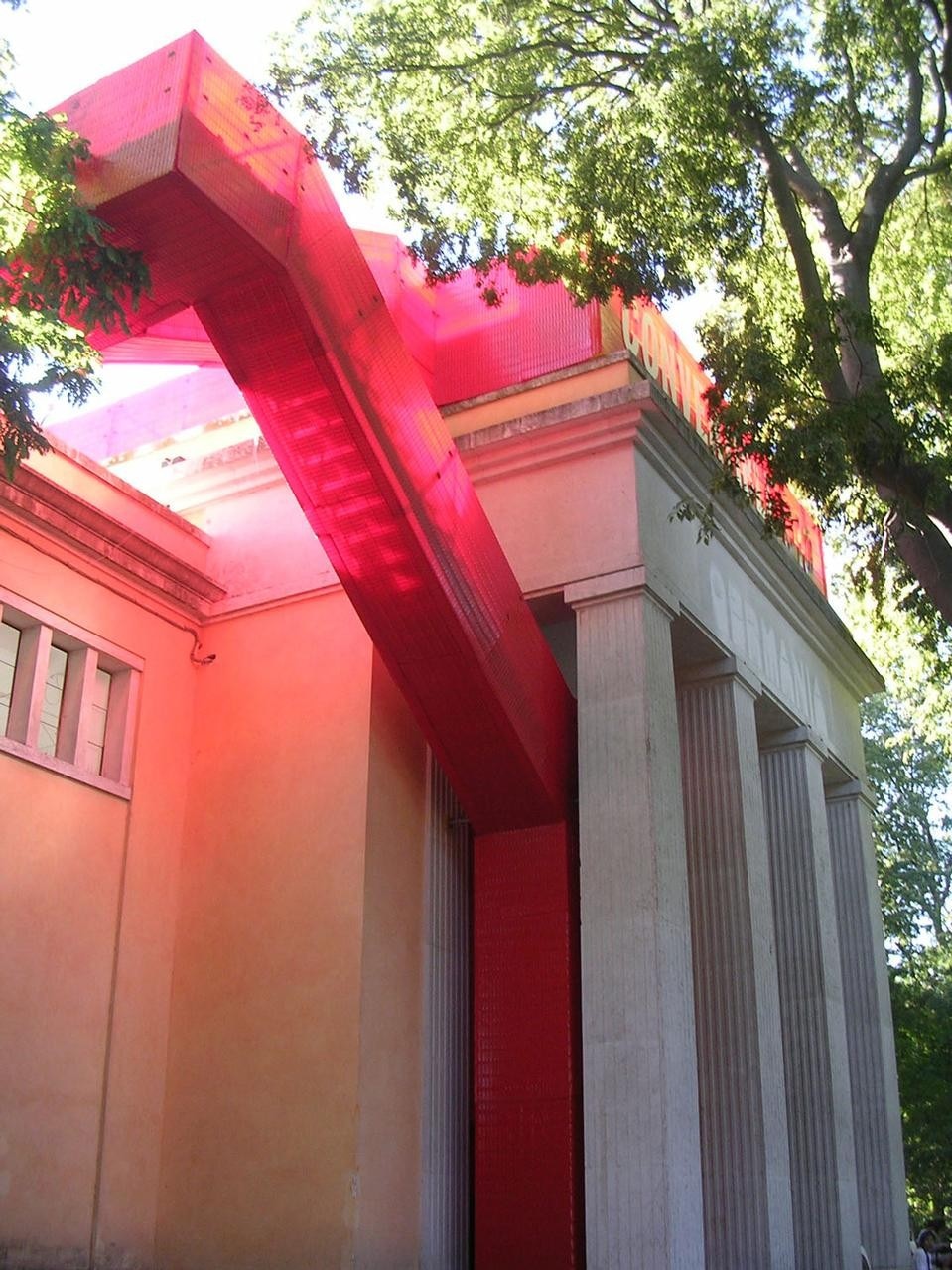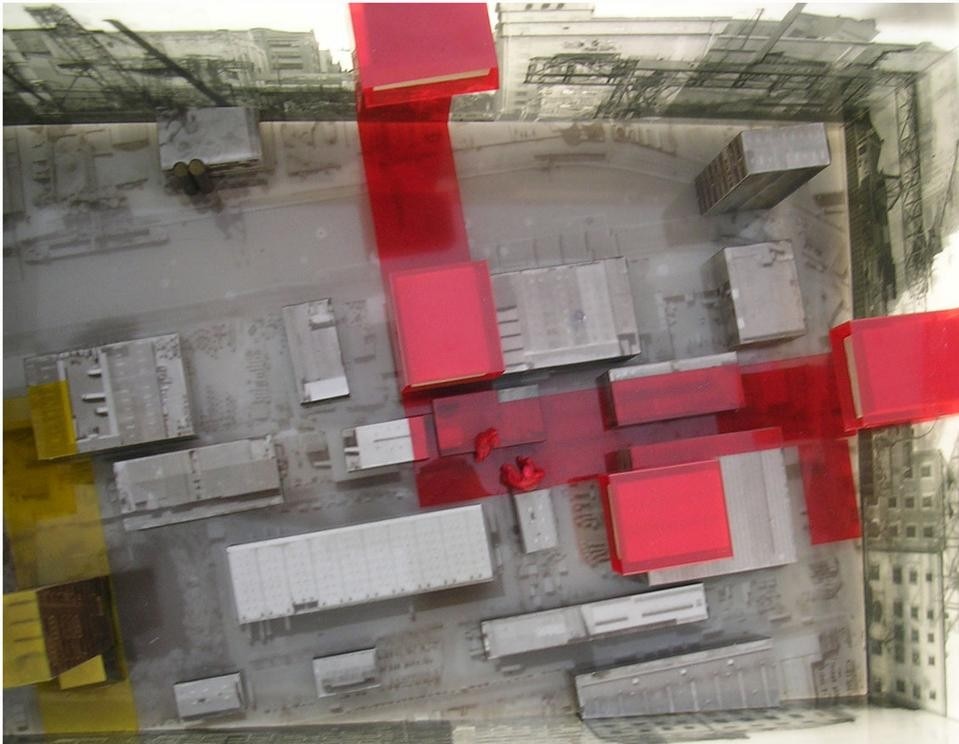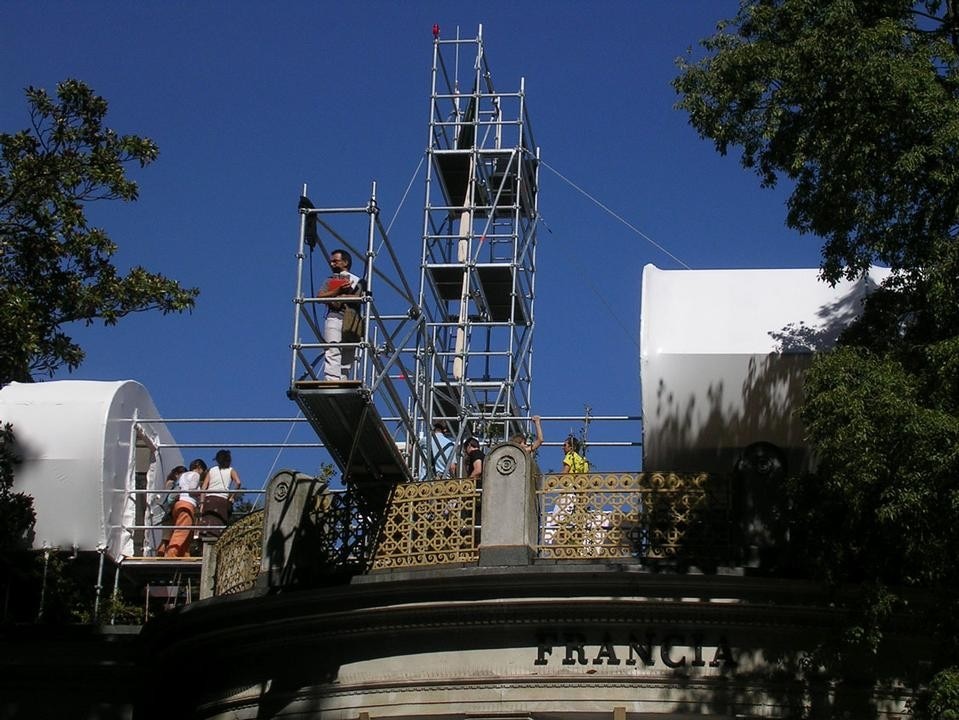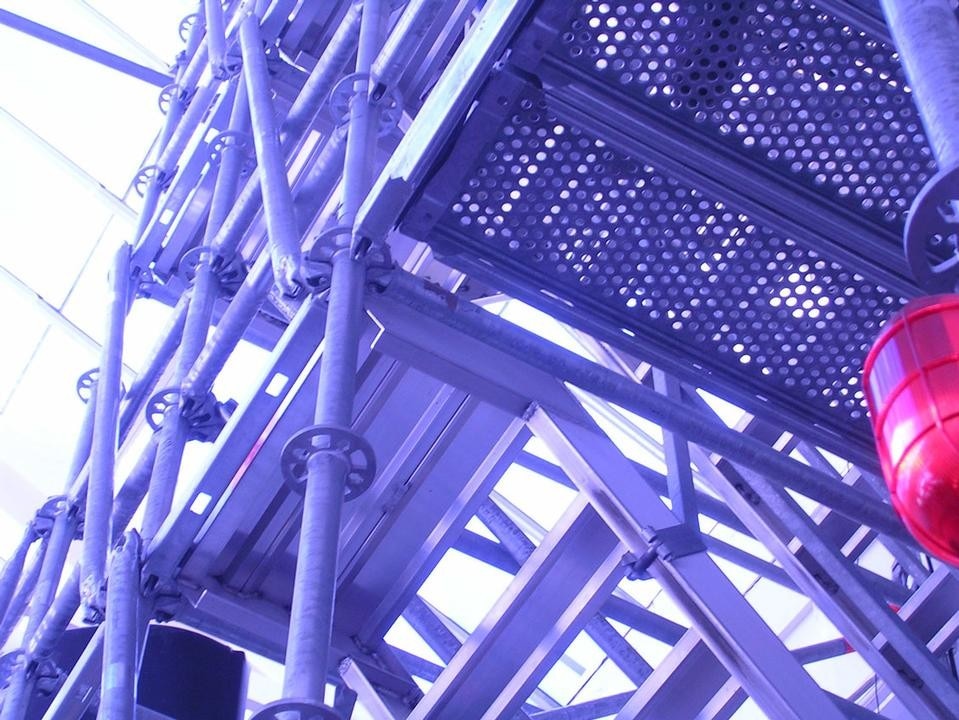The term ‘parasite’ has been used in a series of cultural, design and artistic investigations since the 1980s. The text Le parasite by Serres, published in 1980, lies at the origin, for example, of the work of the same name by Diller+Scofidio exhibited at the Museum of Modern Art in New York in 1989. The installation, altering the traditional rules of exploitation and vision of space, critiques its “reclusion” inside the museum.
In 2001 Korteknie and Stuhlmacher built the prototype "Las Palmas parasite" that temporarily occupied the roof of a disused warehouse in Rotterdam, known as Las Palmas. Inside this piece of architecture the two Dutch architects set up the exhibition "Parasites. The city of small things." The theme of the exhibition was described via the acronym P.A.R.A.S.I.T.E. (Prototypes for Advanced Ready-made Amphibious Small scale Individual Temporary Ecological Houses).
In 2003 at Leidsche Rijn, a residential expansion at Utrecht, the exhibition Parasite Paradise took place, inserted in a series of exercises in the field of art, architecture and urban planning on the territory; the term ‘parasite’ was adopted with the subtitle Manifesto for Temporary Architecture and Flexible Urbanism. The event saw the participation of international architects and artists including Vito Acconci with Mobile Linear City that opened a series of projects dedicated to the theme “parasite-virus”. The exhibition is documented in the text Parasite paradise (edited by J.Allen, H.Ibelings, O.Koekebakker, Nai Publishers) where, in a retrospective on mobile architecture, the work paraSITE by Michael Rakowitz is also presented, a transportable house for the homeless, a reflection on the right to housing.
In 2004 at Hoogvilet, also in the Netherlands, the project School parasite was realised: a school was implemented through the construction of three temporary works of architecture. The term is used again in the denomination of a number of exhibition structures: the P.A.R.A.S.I.T.E. Museum of Contemporary Art in Ljubljana and the Para/Site Art Space in Hong Kong, and bears witness to the kind of relationship that these organisations and the relative spaces entertain with the city.
At the 2006 Venice Biennale the German pavilion presented Convertible City: projects centred on the reuse of the existing as a response to the new regulations that restrict new construction; while the French pavilion was subjected to actual occupation on the part of the architects, explained in the manifesto The occupation of a building, as an act of demanding a fair distribution of space in the city.
The parasitical organism results distinct from the host both in terms of form and space but is bound to it by a state of necessity (site, services, meaning, etc). Experimentations and realisations that adopt the parasitical relationship are introduced into the urban design and in areas of more recent expansion as a comment on the design found and as a critique of the lack of public spaces and services in the series of confines that ratify the privatisation of land. They represent an invitation to rethink the ‘capacities’ of design and the relationships that these entertain with the arts and sciences but above all the necessary bond between architecture and the design of the city.
The term parasite, not just a word but a “semantic area”, “fluid whole” according to Serres, enters into the architectural dictionary and demands urgent reflection on the urban model and its sense of design: no longer the unconditioned increment of space but its optimisation, via a projection for an imminent future. Architecture articulates parasitical links with existing host bodies to densify the city, translating in spatial terms requests that emerge from ordinary situations using “what’s there” and that in a short time have already assumed the characteristics of abandonment. Parasite architecture is the reflection of a rethinking of the value of territories and the necessity that the city grows on itself and no longer beyond.
Sara Marini
Captions
1. Artec Architekten, Raum Zita Kern [Courtesy Richard Manahl, Artec Architekten], the completed house
2. Artec Architekten, Raum Zita Kern [Courtesy Richard Manahl, Artec Architekten], the house under construction
3. Artec Architekten, Raum Zita Kern [Courtesy Richard Manahl, Artec Architekten], the inside of the new built space
4. Artec Architekten, Raum Zita Kern [Courtesy Richard Manahl, Artec Architekten], the existing garden
5. Cover of the book by Sara Marini, Architettura parassita. Strategie di riciclaggio per la città, Quodlibet, Macerata 2008. On the cover: copyright Les frères Chapuisat, Hyperespace (installation entrance), Kunsthalle St.Gallen, 2005. Photo Stefan Rohner. www.chapuisat.com
6. In P.A.R.A.S.I.T.E. We Trust, Museum of Modern Art, Lubiana, 2005 [Courtesy Tadej Pogacar, P.A.R.A.S.I.T.E. Museum of Contemporary Art, Ljubljana]
7. – 8. House in Buenos Aires, 2005
9. Meixner Schlüter Wendt Architekten, Wohlfahrt-Laymann house [Courtesy Florian Schlüter, Meixner Schlüter Wendt Architekten], the building before the project
10. Meixner Schlüter Wendt Architekten, Wohlfahrt-Laymann house [Courtesy Florian Schlüter, Meixner Schlüter Wendt Architekten], the building after the project
11. – 12. Meixner Schlüter Wendt Architekten, Wohlfahrt-Laymann house [Courtesy Florian Schlüter, Meixner Schlüter Wendt Architekten], the existing house revealed inside and outside
13. – 14. Stefan Eberstadt, Rucksack House [Courtesy Stefan Eberstadt]. Beyond the body of the building: towards the city
15. – 16. Armand Grüntuch and Almut Ernst, Convertible City, German pavilion. Venice International Architecture Exhibition 2006. Exhibition material: the installation itself and one of the models displayed
17. – 18. Francis Lacloche, Métaville, French pavilion, Venice International Architecture Exhibition 2006. Details of the new ‘house’ built in the pavilion.
